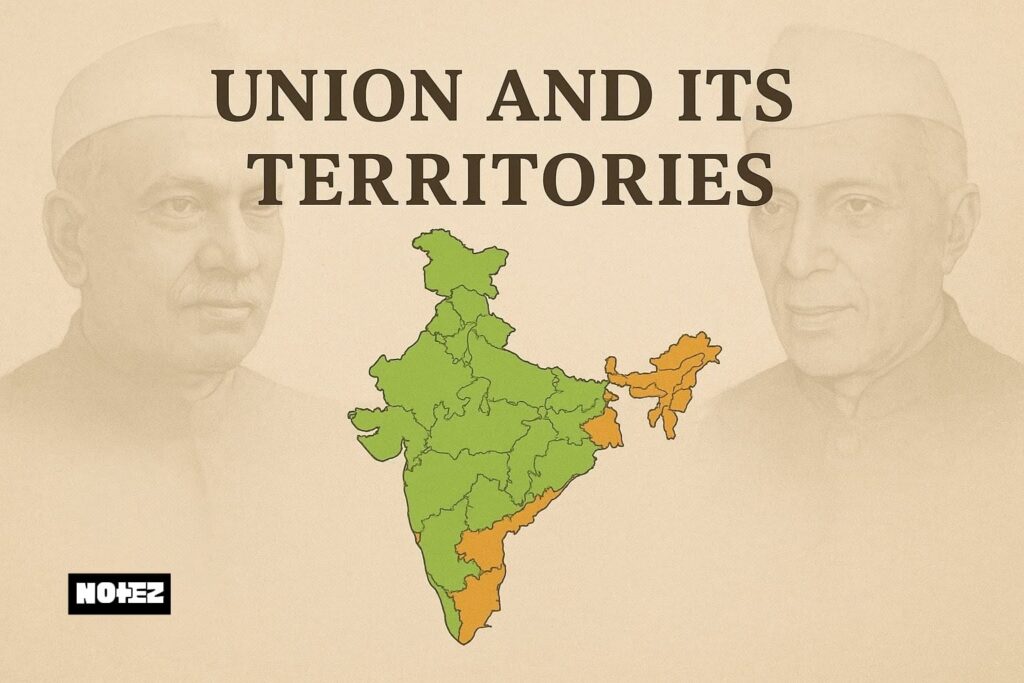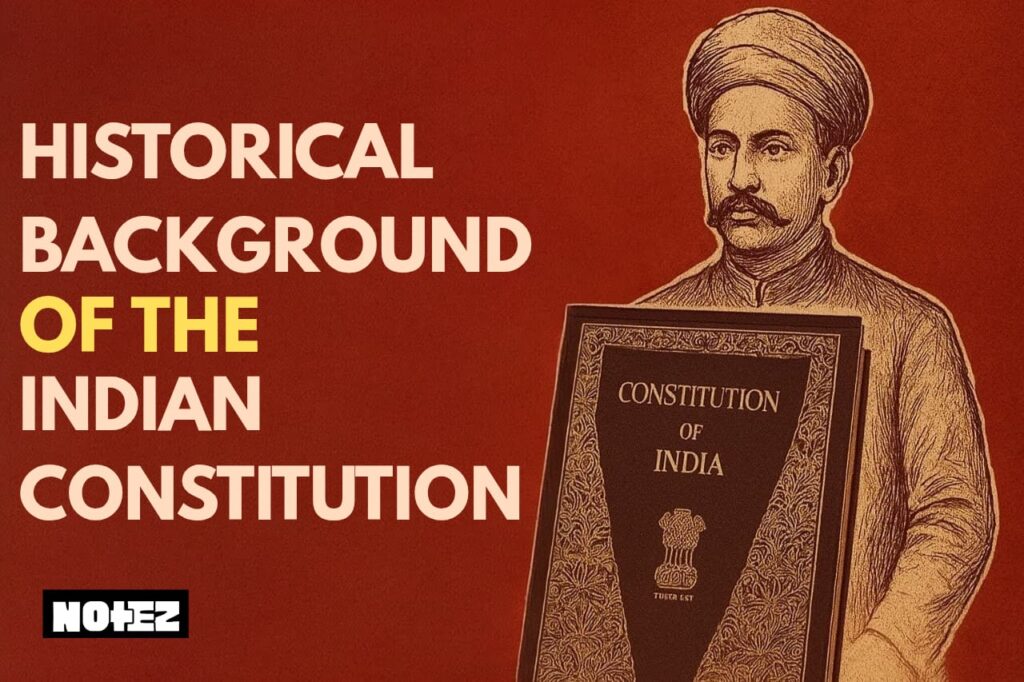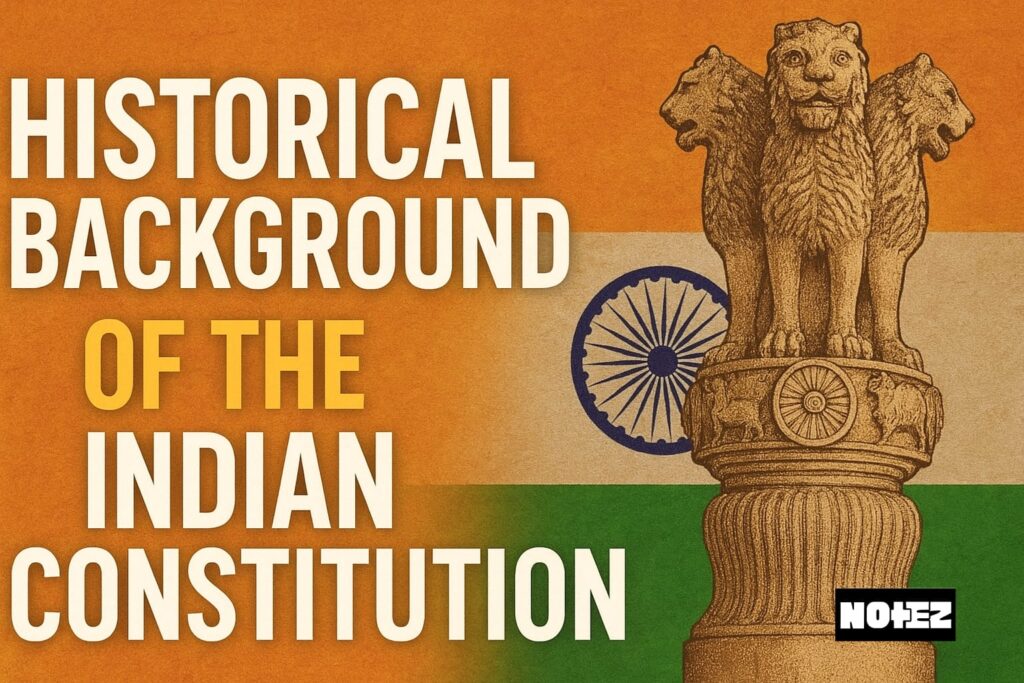1. India is a Union of States and Union Territories, defined by the Constitution of India. The structure of the Union, powers regarding reorganization of states, admission of new states, and amendments related to territories are essential topics in UPSC General Studies Paper 2. This article covers the constitutional framework, key amendments, important court cases like the Berubari Union case, and the major committees set up for state reorganization.
—
✅ Constitutional Provisions Related to Union and Territories
► Article 1 – Name and Territory of the Union
India is described as a “Union of States”.
The territory of India consists of:
1. The territories of the States
2. Union Territories as specified in the First Schedule
3. Territories acquired later
► Article 2 – Admission or Establishment of New States
Empowers Parliament to admit new states into the Union or establish new states.
No special procedure, except passing a law by simple majority.
► Article 3 – Formation of New States and Alteration of Areas, Boundaries, or Names of Existing States
Parliament can create new states or alter existing ones.
The President must refer the bill to the concerned State Legislature for its views, though their opinion is not binding.
► Article 4 – Laws Giving Effect to Provisions in Articles 2 and 3
Laws related to the above do not require constitutional amendment under Article 368.
Parliament enacts simple laws to give effect to territorial changes.
—
✅ Landmark Judicial Case: Berubari Union Case (1960)
Issue: The transfer of the Berubari Union area from India to Pakistan as part of the India-Pakistan agreement.
Judgment: The Supreme Court ruled that any cession of Indian territory requires a constitutional amendment under Article 368.
Significance: Clarified that territorial changes impacting the sovereignty of India must follow the constitutional procedure.
—
✅ Important Constitutional Amendment: 100th Amendment Act (2015)
The 100th Amendment Act implemented the Land Boundary Agreement (LBA) between India and Bangladesh.
Purpose: Facilitated the exchange of enclaves between India and Bangladesh to resolve historical territorial disputes.
India received 51 Bangladeshi enclaves.
Bangladesh received 111 Indian enclaves.
The First Schedule of the Constitution was amended to reflect the changes in territory.
Key Importance:
Improved India-Bangladesh relations.
Provided residents in enclaves proper citizenship and administrative governance.
—
✅ State Reorganization – Committees and Acts
▶ 1. States Reorganisation Commission (SRC), 1953
Constituted by: Government of India under the chairmanship of Justice Fazal Ali.
Objective: To examine demands for state reorganization, primarily along linguistic lines.
Key Recommendation: States should be reorganized based on linguistic homogeneity for administrative efficiency and cultural unity.
▶ 2. States Reorganisation Act, 1956
Enacted based on the SRC’s recommendations.
Major outcomes:
Creation of states such as Andhra Pradesh (first linguistic state).
Redrawing of boundaries.
Integration of princely states into the Union.
Significance: It shaped the present federal structure of India and balanced administrative convenience with local aspirations.
—
✅ Union Territories (UTs): Special Provisions
Union Territories are directly governed by the Central Government.
Some UTs like Delhi and Puducherry have been granted partial statehood, with their own legislatures.
The 69th Amendment Act (1991) granted Delhi a Legislative Assembly and a Council of Ministers.
The Union Government retains special powers over UTs due to their strategic importance or size.
—
✅ Conclusion
The constitutional provisions relating to the Union and its Territories reflect India’s federal character. Amendments like the 100th Amendment, landmark cases such as the Berubari Union case, and the State Reorganisation Act of 1956 demonstrate the flexibility of India’s constitutional framework in managing territorial and administrative challenges. For UPSC aspirants, a clear understanding of these elements helps in appreciating the dynamic nature of Indian federalism and its historical evolution.



